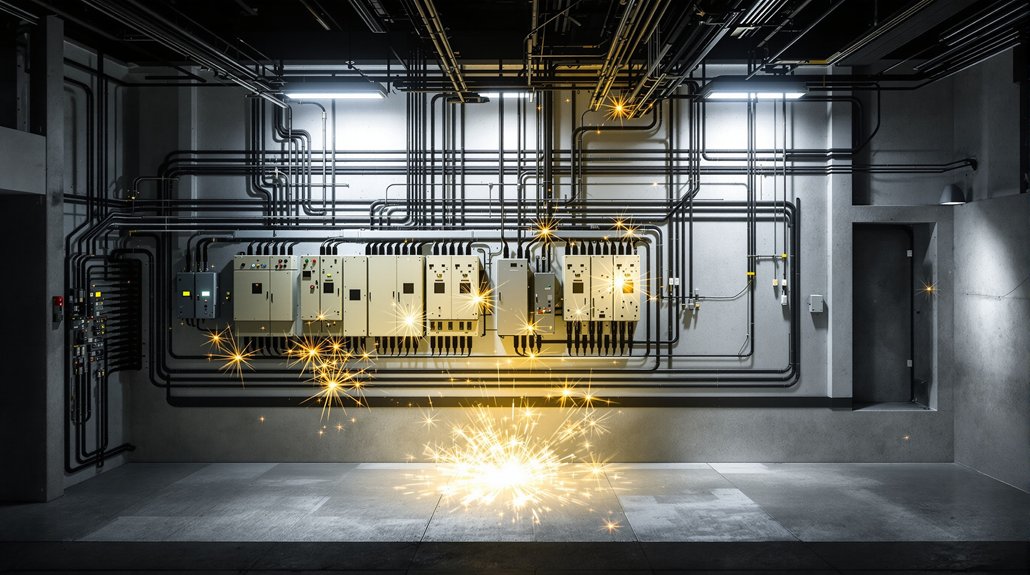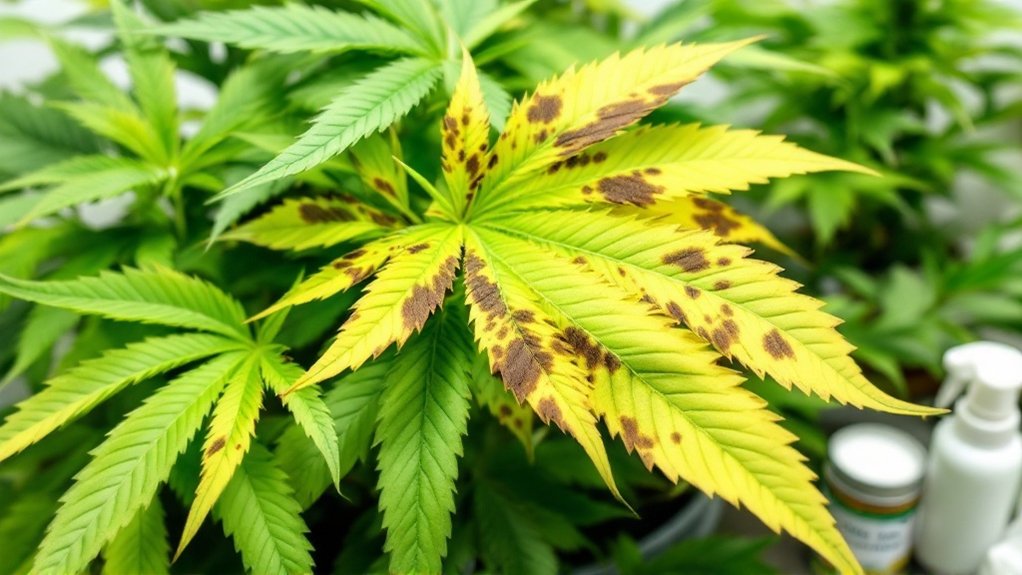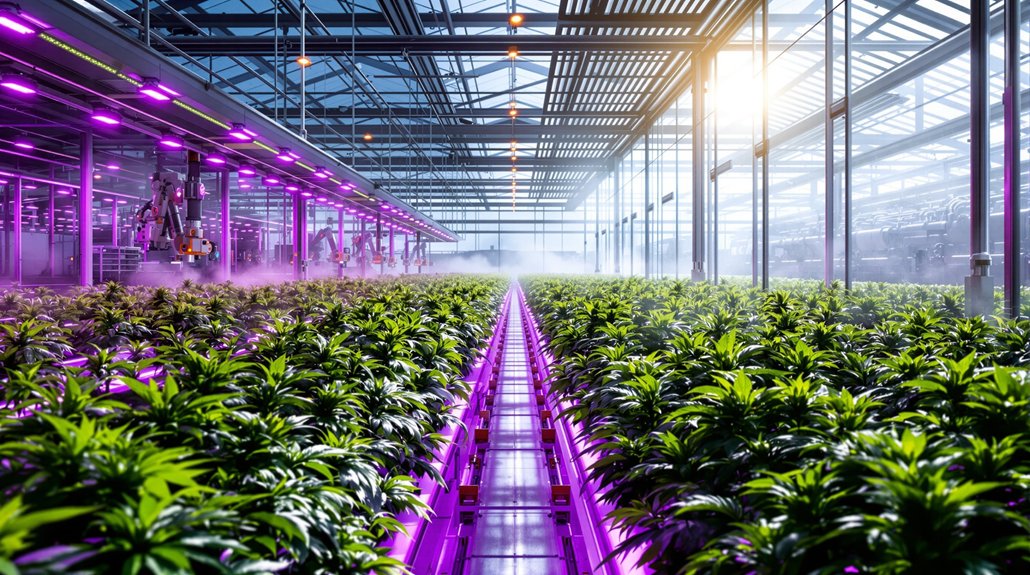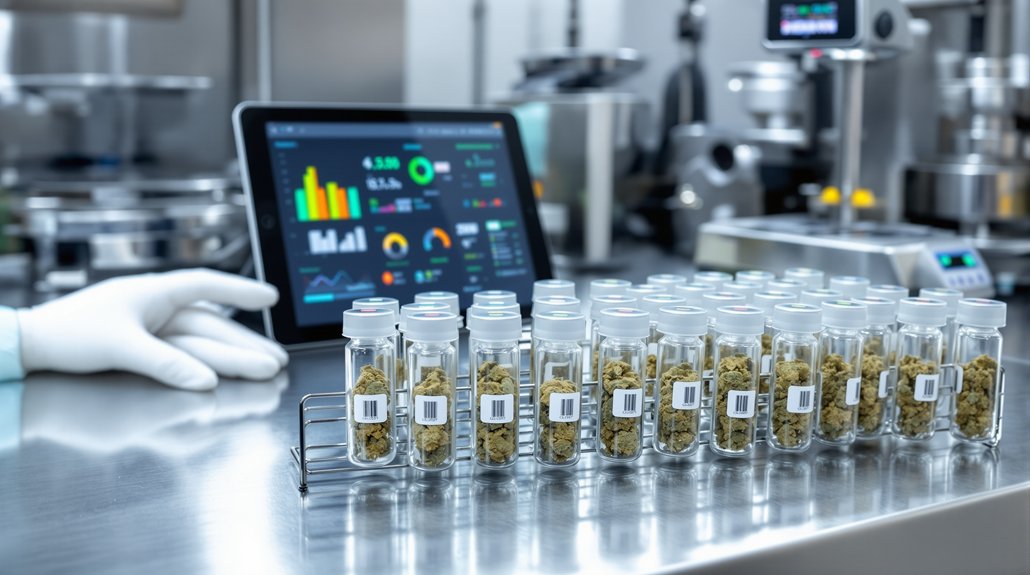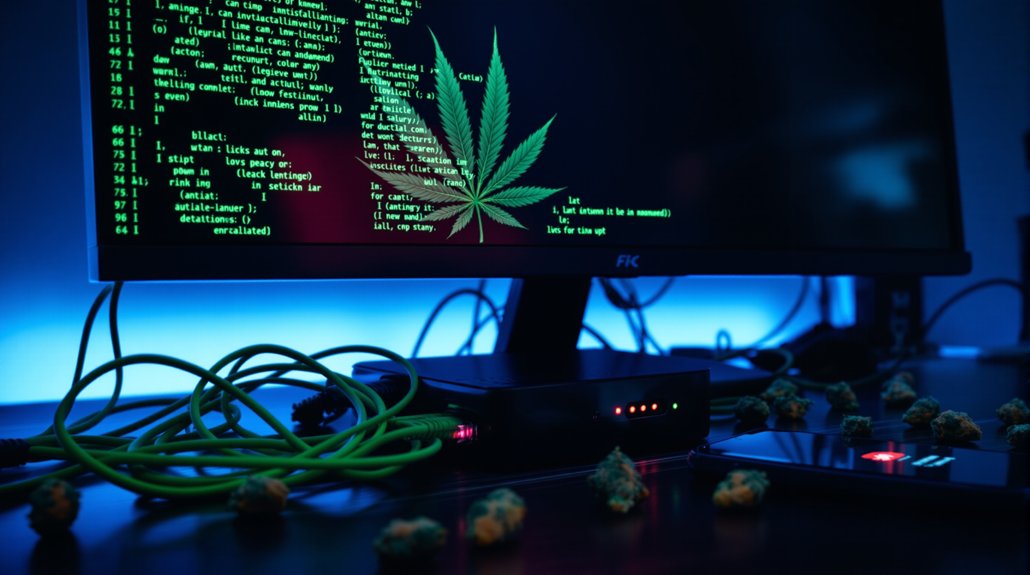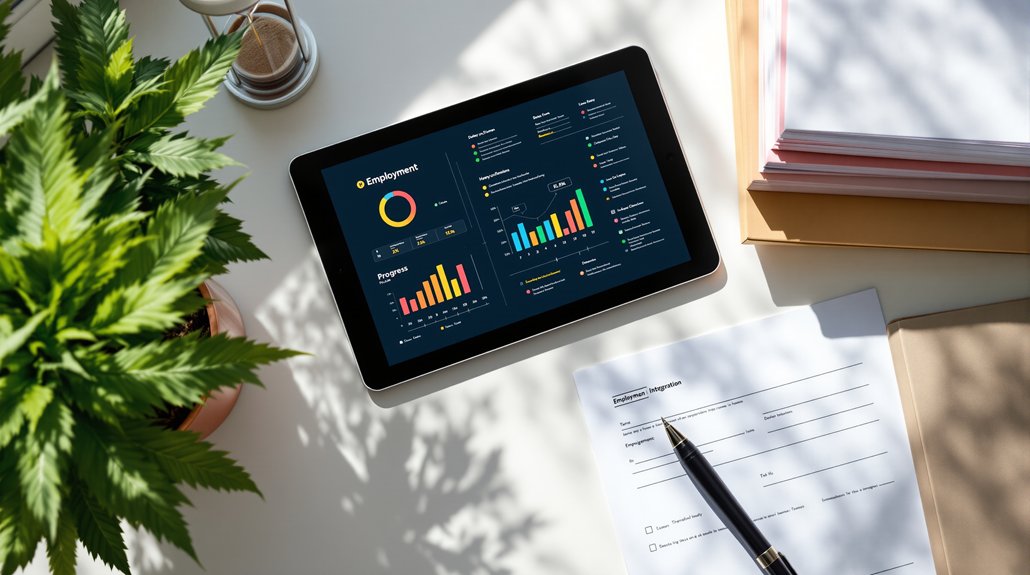Most aspiring cannabis entrepreneurs focus on licensing fees and initial inventory costs, yet the most devastating expenses often hide within the building itself. Electrical systems designed for standard warehouses collapse under cannabis operations that demand 10 to 50 times more power, with upgrade costs frequently exceeding half a million dollars. HVAC systems, specialized security installations, and compliance modifications compound these expenses rapidly. These infrastructure surprises have forced countless well-funded operations to close before their first harvest, making proper facility assessment the difference between profit and bankruptcy.
The $500K Electrical Reality: Why Cannabis Facilities Need 10-50x More Power Than Standard Warehouses
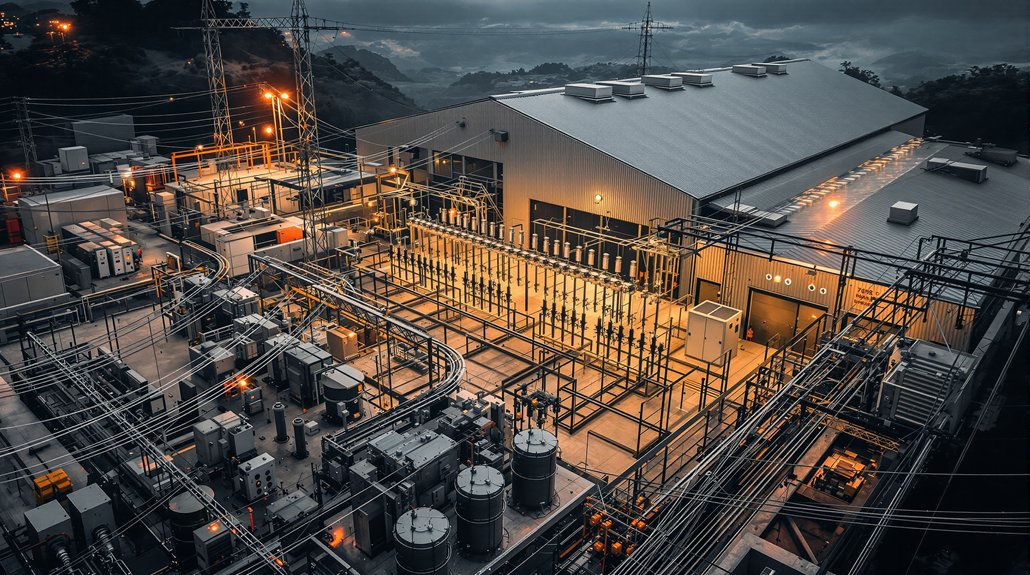
While traditional warehouses quietly hum along on minimal electrical loads, cannabis cultivation facilities operate as power-hungry manufacturing plants that can consume electricity at rates rivaling data centers or aluminum smelters.
Indoor cannabis operations require up to 80 watts per square foot, compared to less than 10 watts for conventional warehouses. This dramatic difference stems primarily from high-intensity grow lights running 18-24 hours daily, which can constitute 60% or more of total facility electricity demand. In many jurisdictions, facilities must also comply with strict location restrictions regarding proximity to schools when planning their operations.
A typical 20,000-square-foot cultivation facility demands 800 kW of peak power, while consuming 30 kWh per square foot annually. These extreme requirements force most industrial sites to undergo major electrical service upgrades, often exceeding $500,000, before cultivation can begin.
The energy intensity becomes even more apparent when comparing cannabis facilities’ 900 kBTU per square foot consumption against hospitals or laboratories, which use only 250-300 kBTU per square foot. High demand charges from utilities can account for up to 60% of a facility’s overall electricity bill, making power consumption timing as critical as total usage.
The massive electrical demands of cannabis cultivation facilities create an equally formidable challenge in climate control, where HVAC systems must work overtime to manage the intense heat generated by thousands of watts of grow lights.
Cannabis facilities require specialized HVAC systems costing $100 to $150 per square foot, with purpose-built installations often exceeding $300,000 for mid-sized operations. These systems account for up to 50% of total energy consumption, representing 40% of operational costs due to continuous climate control requirements.
Cannabis facilities consume approximately 10 times more energy per square foot than standard office buildings. Precise temperature, humidity, and air purity control directly impact crop survival, yield quality, and regulatory compliance. Professional load calculations must account for LED fixtures producing 2,700 BTU each, as undersized cooling systems lead to catastrophic crop failures. Controlled environment agriculture technologies are essential for maintaining the precise temperature and humidity conditions cannabis plants require. HVAC investment typically constitutes 30-40% of total facility construction costs, including equipment, installation, ductwork, and integration with other systems.
Inadequate climate systems increase risks of crop failure, mold contamination, and reduced cannabinoid profiles, making proper HVAC investment critical for operational success.
Zoning, Permits, and Compliance Buildouts: How Regulatory Requirements Add $10K-100K+ in Non-Negotiable Expenses
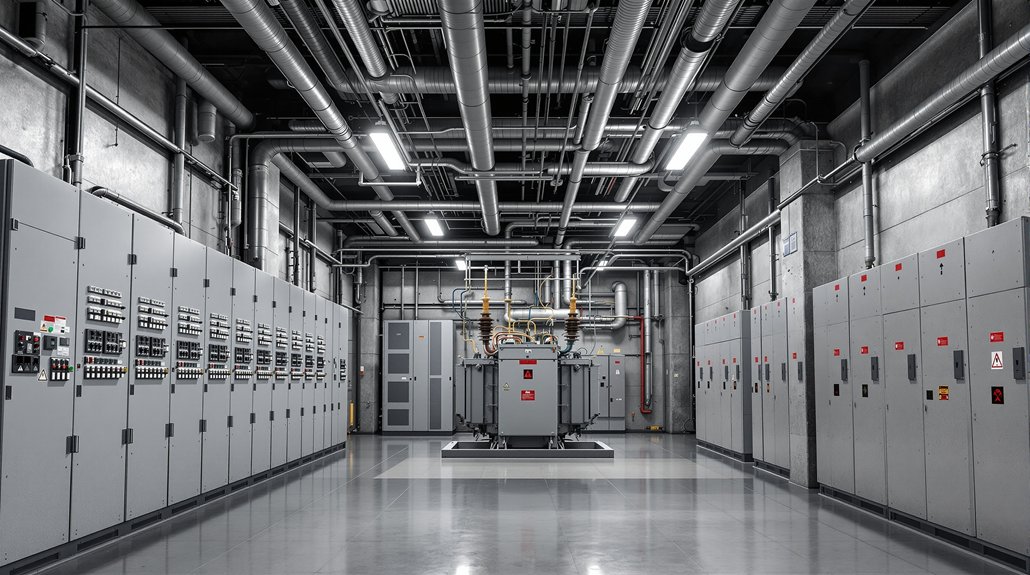
Beyond the substantial infrastructure investments required for cultivation and climate control, cannabis businesses face an intricate web of regulatory compliance costs that can easily consume $10,000 to $100,000 or more before a single plant enters the facility.
Regulatory compliance costs can devour six figures before cannabis entrepreneurs even begin growing their first crop.
Initial license applications alone range from $5,000 to $25,000, with some states demanding up to $200,000 for large operations. Zoning restrictions create additional financial strain through buffer zone requirements, forcing businesses into expensive compliant locations while density controls limit available sites.
Mandatory security systems add $25,000 to $100,000 to buildout budgets, while specialized waste management, air filtration, and ADA compliance modifications frequently cost another $10,000 to $50,000 each. Many operators underestimate the ongoing burden of annual licensing fees, which can range from $10,000 to $100,000+ per year depending on the state and operation size.
Professional fees for architectural drawings, legal consultation, and compliance audits compound these expenses greatly. The implementation of seed-to-sale tracking systems represents another significant compliance expense that regulators in virtually all legal cannabis states require for preventing product diversion.
Complete Due Diligence Checklist: 5 Critical Steps to Avoid Infrastructure Surprises That Delay Opening by Months
How can cannabis entrepreneurs avoid the costly infrastructure surprises that routinely delay facility openings by months and drain budgets by hundreds of thousands of dollars? The answer lies in extensive due diligence before committing to any location.
First, operators should conduct thorough electrical capacity assessments, verifying that existing infrastructure can handle the substantial power demands of cultivation operations.
Second, municipality coordination ensures utility upgrades won’t create 12-month delays.
Third, extensive building inspections identify hidden structural issues that trigger expensive retrofits during construction.
Fourth, security system integration planning prevents costly redesigns when surveillance requirements conflict with facility layouts.
Fifth, environmental control system sizing calculations ensure HVAC capacity matches cultivation needs without oversizing.
These proactive steps identify potential six-figure surprises before lease signatures, protecting both timelines and budgets from infrastructure-related setbacks.
Implementing AI and IoT sensors for environmental monitoring can significantly optimize cultivation processes while reducing long-term operational costs.
Specific regulations vary by state and change frequently. Always consult with legal counsel and real estate experts for guidance on your specific situation and jurisdiction. For more information, check out our Guide to Cannabis Real Estate.
